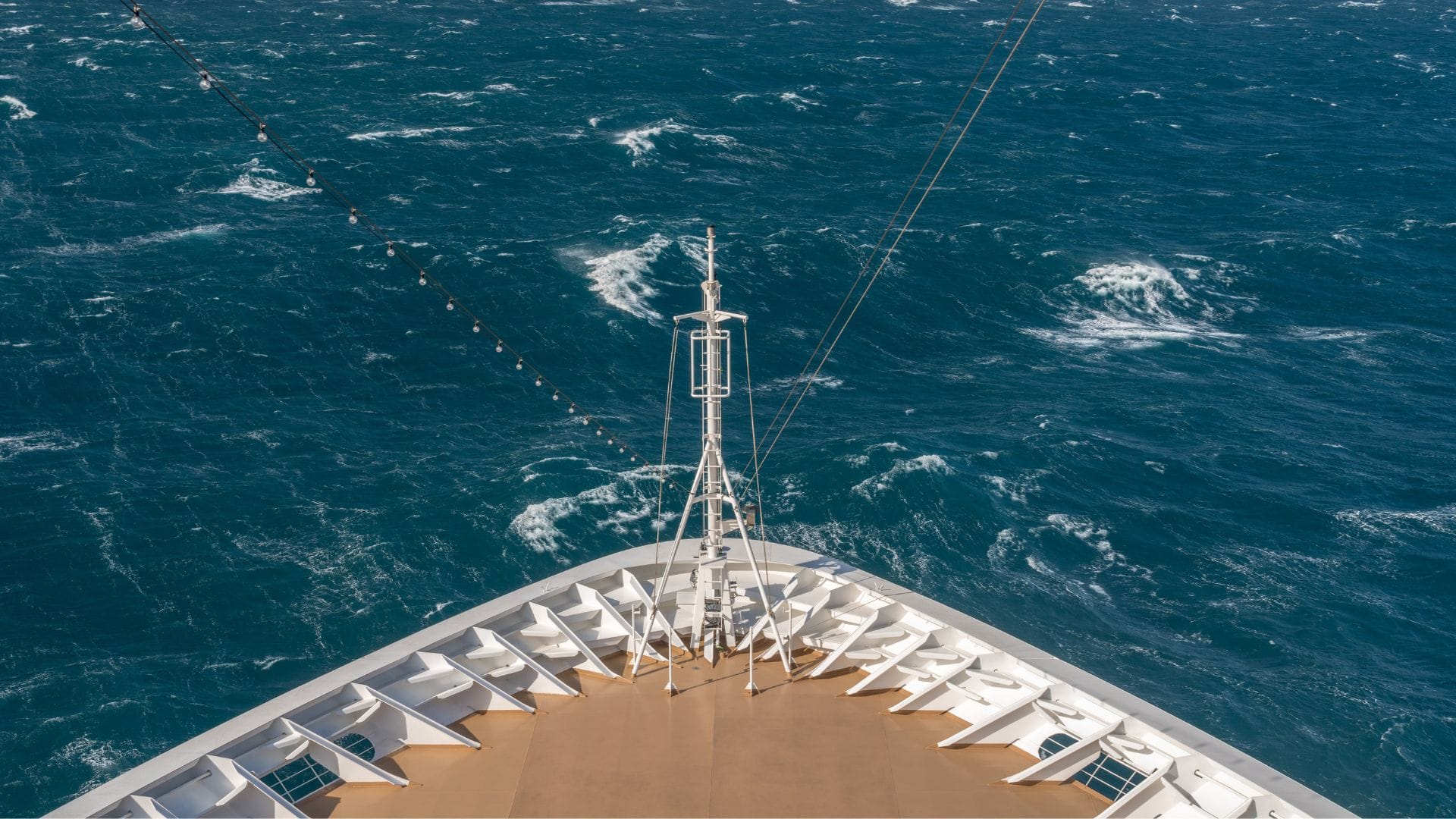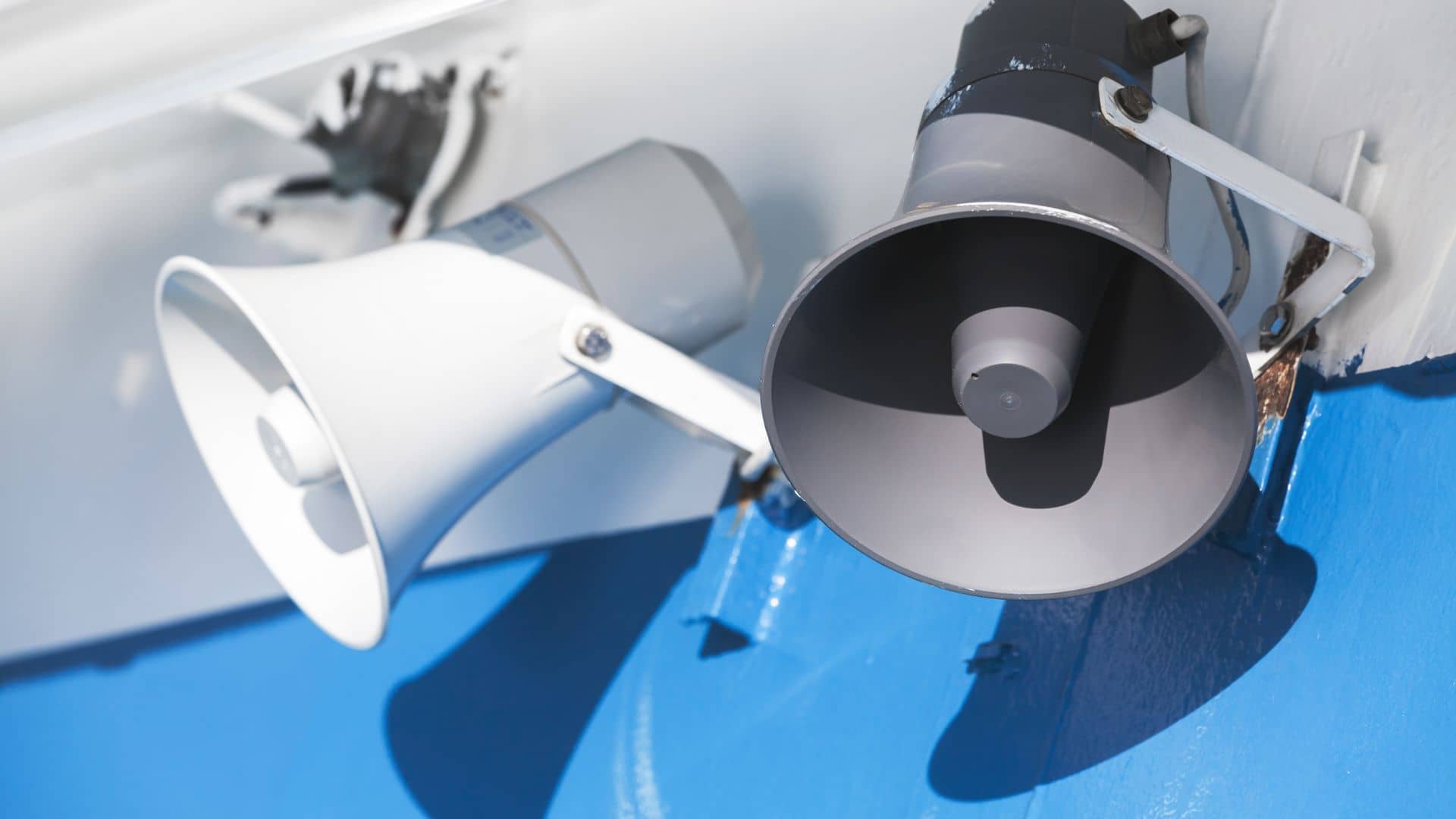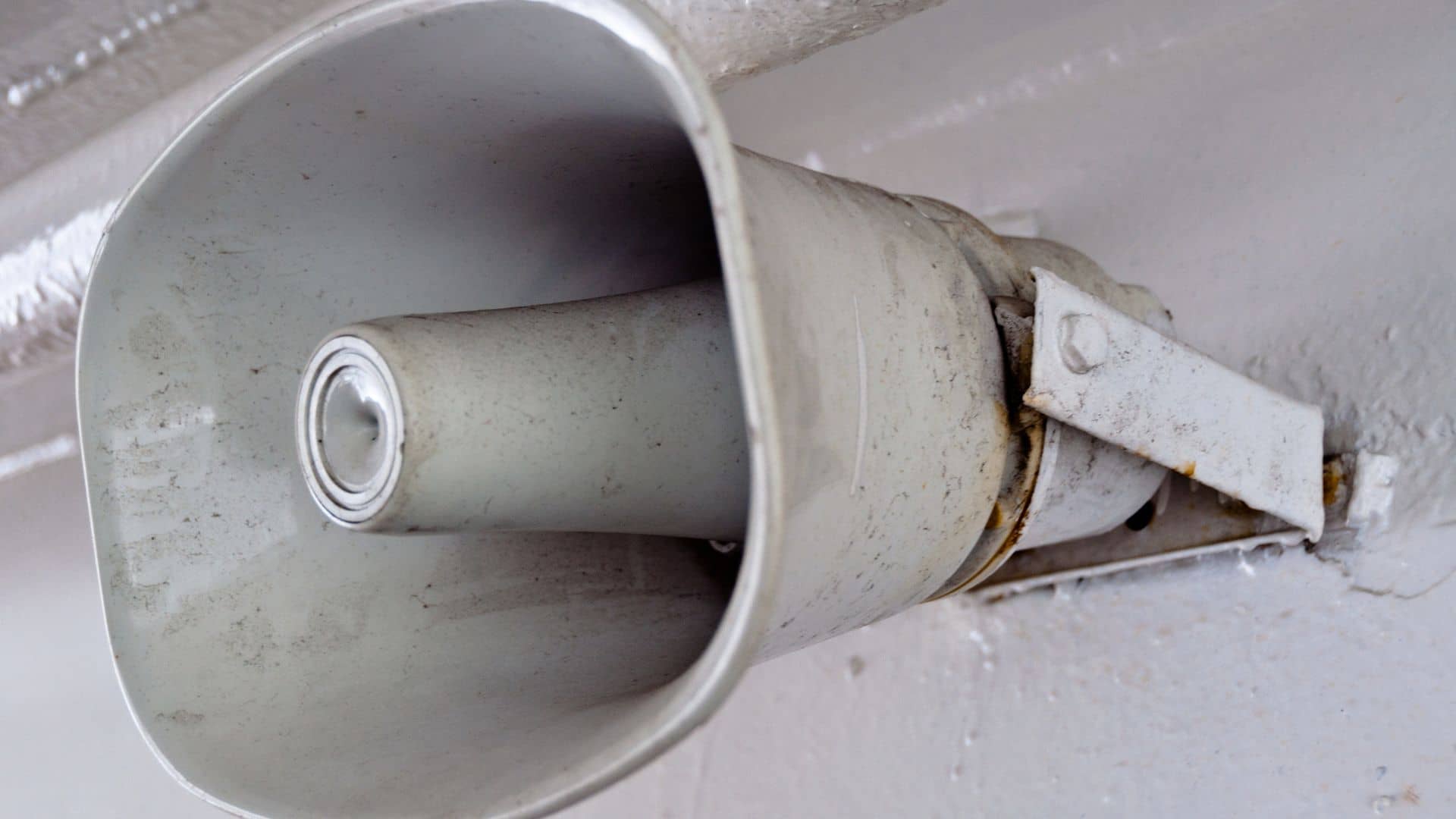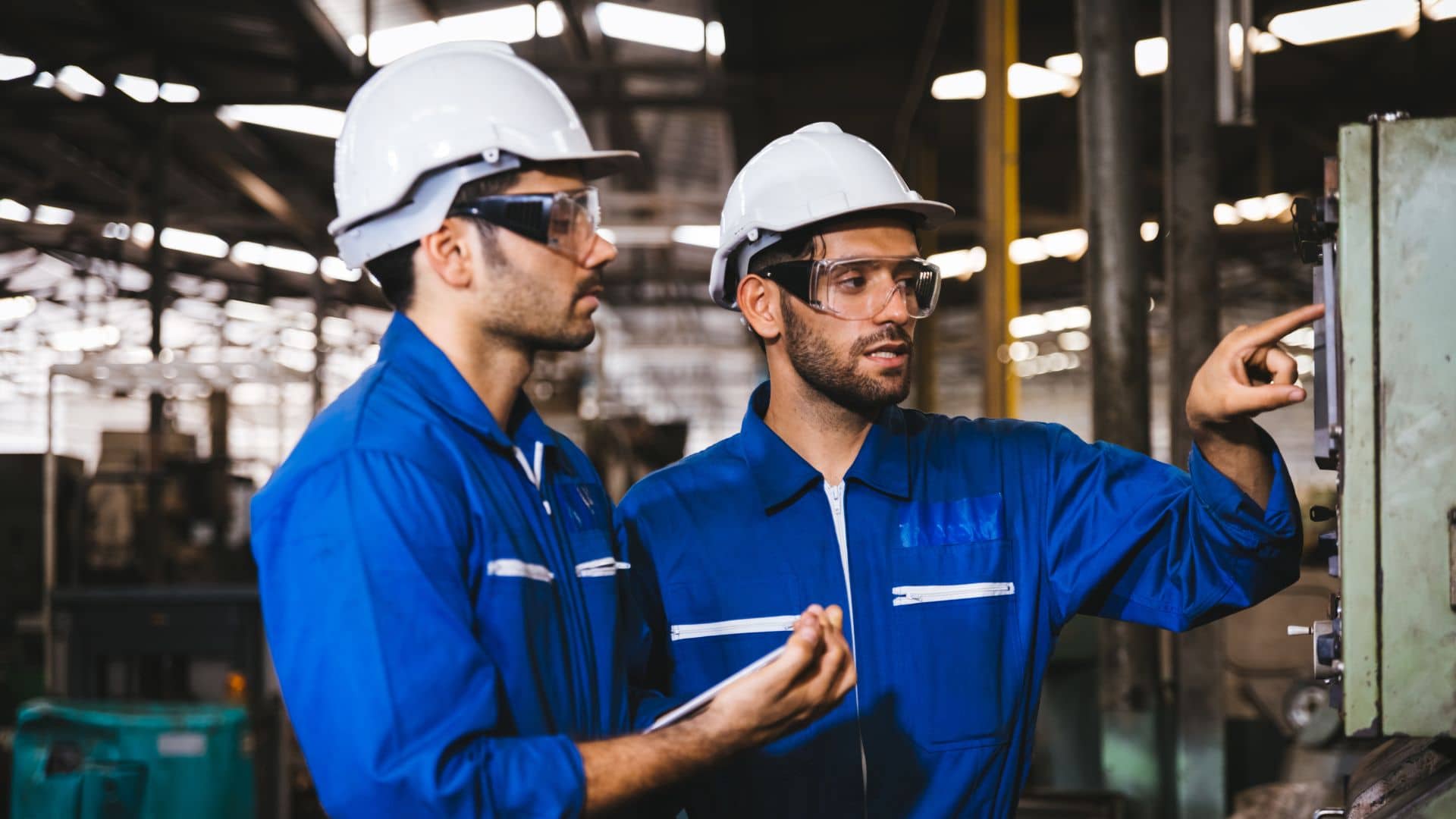Some of the most common maintenance issues for sound systems that operate in harsh and hazardous environments can be prevented through a few effective methods and precautions.
Harsh and Hazardous Environments
Sound systems used in harsh and hazardous environments, such as industrial facilities and offshore installations, face unique maintenance challenges.
These environments expose sound equipment to extreme temperatures, high humidity, dust, vibrations, and potentially hazardous substances. To ensure optimal performance, prevent equipment failure, and promote safety, regular maintenance is crucial.

Common Maintenance Issues for Sound Systems
Dust and Debris Buildup
Harsh environments are often characterized by the presence of dust, dirt, and debris that can accumulate on sound system components. This buildup can clog vents, affect cooling systems, and compromise the functionality of speakers, amplifiers, and other equipment.
Maintenance Tip: Regular cleaning using appropriate methods, such as compressed air or specialized cleaning tools, is essential to remove debris and maintain proper airflow.
Corrosion and Moisture Damage
High humidity levels and exposure to water or corrosive substances pose a significant risk to sound systems. Corrosion can deteriorate connectors, circuit boards, and wiring, leading to signal loss, intermittent connections, or complete system failure.
Maintenance Tip: Implementing preventive measures, such as using corrosion-resistant materials, sealing connections, and installing moisture barriers, can help minimize the impact of moisture and extend the lifespan of the equipment.

Vibration and Shock
In industrial settings, sound systems are subjected to continuous vibrations and shocks. These vibrations can loosen connections, dislodge components, and damage delicate parts.
Maintenance Tip: It is important to secure equipment properly, use vibration-damping materials, and regularly inspect and tighten connections to prevent damage and ensure reliable operations.
Temperature Extremes
Extreme temperatures, both hot and cold, can affect the performance and longevity of sound systems. Components may expand or contract, leading to thermal stress, solder joint failure, or damage to electronic components.
Maintenance Tip: Adequate ventilation, thermal insulation, and temperature control measures are necessary to mitigate the impact of temperature extremes and maintain stable operating conditions for the equipment.
Electrical Interference
Harsh environments are often rife with electrical noise and electromagnetic interference. These external factors can introduce unwanted signals, distort sound quality, and disrupt the functionality of audio equipment.
Maintenance Tip: Shielding cables, using high-quality connectors, and implementing proper grounding techniques are essential to minimize electrical interference and ensure reliable audio performance.

Compliance with Safety Regulations
In the FPSO industry, balancing OEM maintenance guidelines alongside flag, class and country regulations can be exceptionally challenging. Safety regulations and standards must be strictly followed. Regular inspections, testing, and calibration of sound systems are necessary to ensure compliance with safety requirements. Faulty equipment or improper installations can pose risks to personnel and the environment.
Get the Right Team
Effective maintenance practices not only extend the lifespan of the equipment but also contribute to enhanced safety and optimal sound performance. Vivo Asia Engineering & Trading Pte Ltd is a team of engineers with over 10 years of experience in designin, installing and maintaining systems in harsh and hazardous environments.

